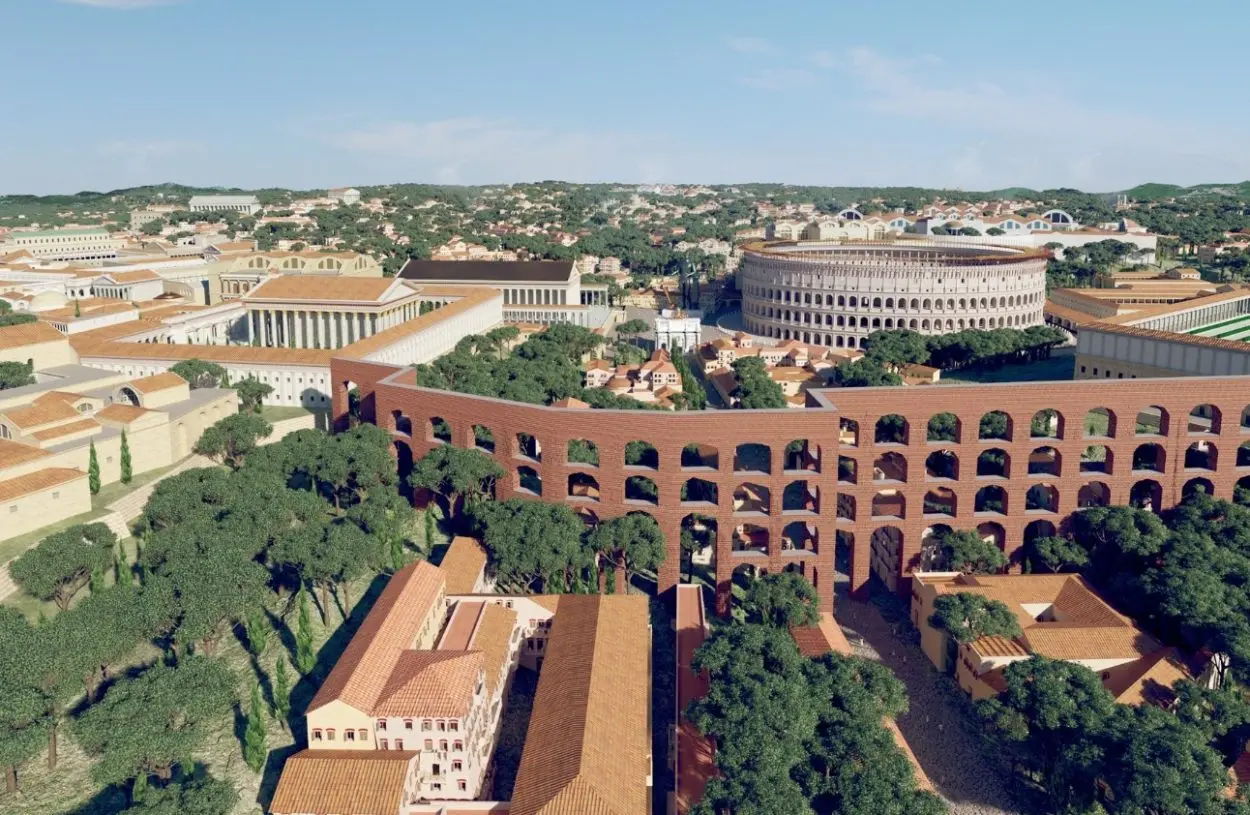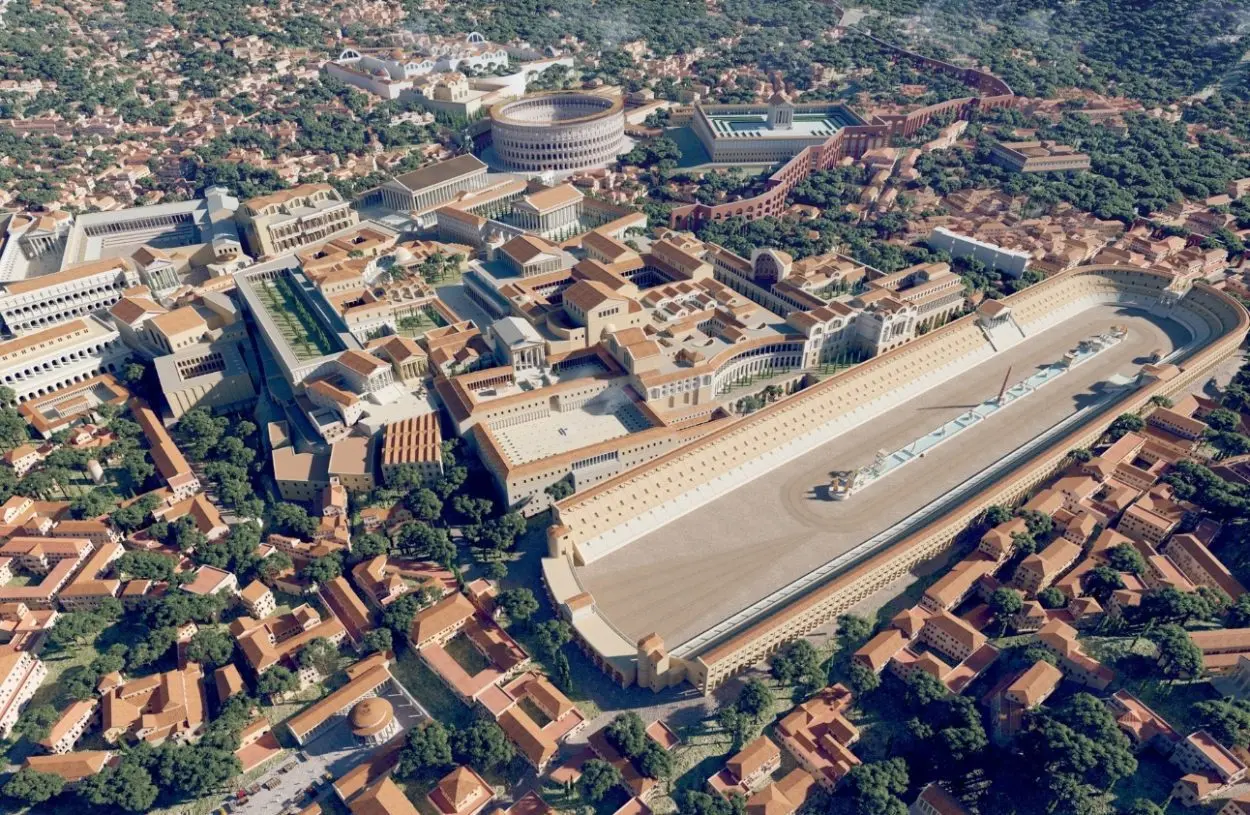Rome Reborn 4.0, a digital model of Ancient Rome has just been released by archaeologist, Dr Bernard Frischer.
Published by Flyover Zone, the model is a reconstruction of the entire city of Ancient Rome for academic study and virtual tourism. Rome Reborn provides a birds-eye perspective of the complete digital model, enabling users to glide above the historic landmarks while listening to expert narrations about 43 monuments, temples, structures, and locations.
Dr Frischer said, “Rome Reborn 4.0 is the culmination of more than twenty-seven years of collaborative international work in using digital tools to research cultural history and bring it to life.”
According to the project leaders, the virtual tour can be used by teachers on Yorescape, a mobile and web app that takes their students on virtual field trips, or by armchair travellers to explore the heritage sites of the ancient capital of the Roman Empire.

Rome Reborn 4.0 represents the most recent iteration of an urban model that Dr Frischer has led since 1996. Rome Reborn has been a globally collaborative project from its inception, uniting specialists in Roman archaeology, computer graphics, and Virtual Reality design. The project’s earlier versions include 1.0 (2007), 2.0 (2008), and 3.0 (2018). Video fly-throughs of these previous versions have been viewed by millions of people worldwide.
Similar to its earlier versions, Rome Reborn 4.0 portrays the city as it might have appeared at its zenith in the year AD 320, just before the capital’s relocation to Constantinople.
According to Flyover Zone, “This reconstruction of ancient Rome’s urban landscape adheres to scientific accuracy based on the available but fragmentary historical evidence. As new findings and interpretations of this evidence emerge, the Flyover Zone team continuously updates Rome Reborn to ensure it remains a dependable and comprehensive visualization of the city.”
Flight Over Ancient Rome – https://www.flyoverzone.com
Header Image Credit : FLYOVERZONE





